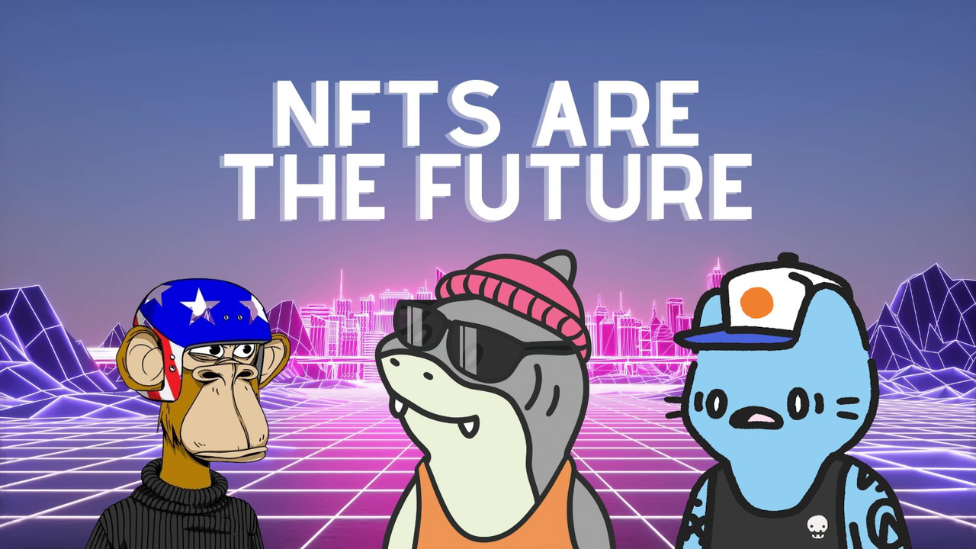NFTs are digital assets created from blockchain technology to show ownership or verify authenticity. They can also be used as a virtual representation of videos, music, art, etc. The NFT market has always been active but did not record any tangible growth until 2021, when it came to be highly valued. NFTs have numerous accompanying benefits and are one of the secure and immutable ledger technology. In light of the spread of NFTs, experts have sought to make predictions and reasonable expectations for NFTs. The sections below examine some of the projections for NFTs and expectations.
What are the Predictions for the Future of NFTs
Increase in Industry Adoption
Suppose there is a common point of agreement that NFTs have continued to reach exponential growth since 2021. Facts show that the sales of NFT rose by 42% at the beginning of the year. This proves beyond reasonable doubt that the technology is growing, with its revenue projected to amount to $1,6001.00 million in 2023. With this rapid growth has come the increasing adoption of NFTs in various industries. Mainstream industries such as real estate, healthcare, technology, gaming and so on have found NFTs helpful in the seamless execution of tasks. Of course, this widespread use has made it easier to trade in NFTs, further drawing appeal to the technology. Undoubtedly, the world will witness an increase in adoption in the next few years.
NFTs ft the Metaverse
Non-fungible tokens have become an indispensable asset to the metaverse. Gamin platforms now find it creative to offer NFTs for tokens, rewards, and digital ledger on their media. In other instances, the metaverse virtual real estate rapidly adopts NFTs to represent digital assets and lands. Companies that perform their activities over the metaverse have also found it intuitive to build employees’ commitment by offering bonuses in the form of tokens. In essence, NFTs and the Metaverse seem to form a cohesive whole, each dedicated to introducing Web 3.0 technology and encouraging its rapid use.
Prospective Regulations?
NFTs are generally unregulated due to their peer-to-peer decentralized nature. However, where the NFT is categorized as a security token, it is subject to the Financial Acts of countries like the United States. With the recent increase in the use of blockchain technology, some governmental stakeholders have begun the clamour for the regulation of NFTs, however minimal. Not only with this help to ensure stability and minimize fraud, but it is also widely believed that the law will allow NFTs to be traded on organized market systems. As brilliant as those sounds, it is essential to remember that blockchain technology and other related tech thrive on decentralization and transparency. Perhaps, once that is taken away through regulation, NFTs will be unable to serve their purposes as they may be rendered more or less ineffective.
Diverse Adaptation
The predictions for NFTs also cover their foreseen adaption for different purposes. Different industries are not only integrating NFTs, but they are rapidly adapting to other forms to suit several purposes. The technology has been used for digital collectables, tokens, smart contracts in real estate, digital assets, etc. Many also use it for proof of ownership and to solidify copyright issues regarding a piece of work or art.
Conclusion
NFTs are inherently fascinating. They can expose the world to a digital assets gold mine with something to offer anyone. Although it certainly has its shortcomings, there is no doubt that its prospects seem to be on the bright side, and it has come to stay.
















